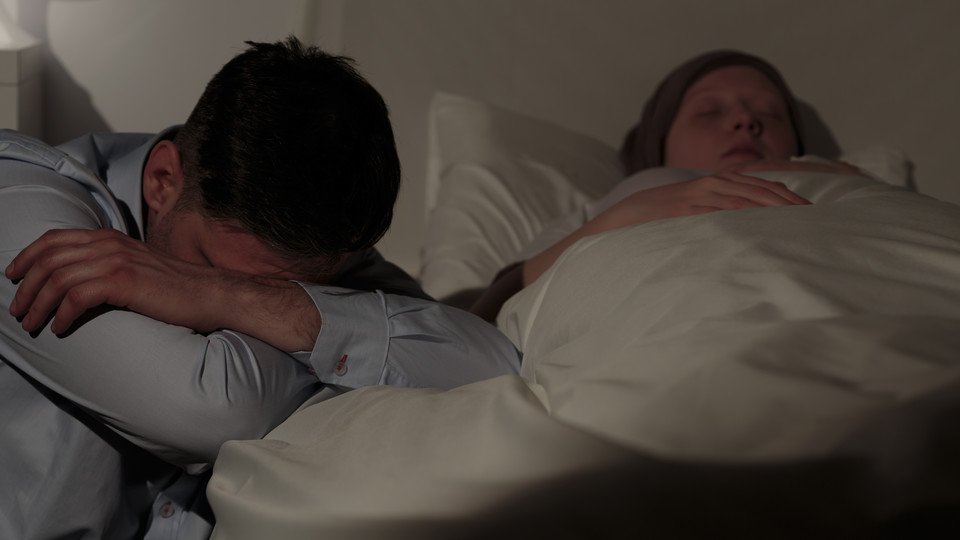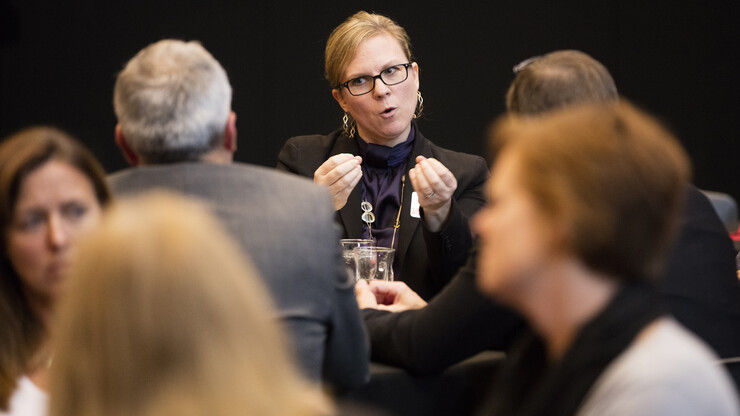· 3 min read
During terminal illness, hope can have a dark side

It’s said that everyone grieves differently. New research from the University of Nebraska-Lincoln illustrates hope takes on different forms, too, and may be harmful.
In a recently published study, communication scholar Jody Koenig Kellas shines a light on what she and her co-authors call “the dark side of hope.”
“People often experience hope negatively,” Kellas said. “In illness, that can be particularly true.”
This dark side of hope — as well as a bright side — is illuminated in the new research through interviews with 10 caregivers of terminally ill cancer patients. They experienced two distinct types of hope during the end-of-life journey with their loved one: Particularized hope, or a hope focused on a cure; and generalized hope, or hope for generally positive outcomes, such as a dignified death and time spent with loved ones before death.
The study, which is part of a larger research project to improve communication during cancer treatment, demonstrated how these two types of hope affect caregivers of terminal patients. It also showed how the support community plays a role in how hope is received and experienced.
Family caregivers in the study who continued hoping for a cure, even when the illness was terminal, spoke of a dark side to their own hope as well.
“Those who stayed with particularized hope, had communication that was negative — denial, avoidance and missed opportunities and having to fake it for others,” Kellas said.
In contrast, caregivers who began with hopes for a cure and moved to more generalized hope recalled having more acceptance, better communication with family and friends, and were better able to balance hope and honesty within their social support system.
“They had a fuller experience of social support and more open communication,” Kellas said. “Their communication was more harmonious and productive.”
Family caregivers are often balancing competing hopes as well, including the hopes of themselves, the patient, extended family and friends. That can be an added weight to carry when others want to “hope for the best,” Kellas said.
“That is also a dark side of hope and I don’t think everyone gets that,” Kellas said. “We found bereaved caregivers who experienced hope in a really negative way. They said, ‘stop telling me that everything is going to be OK. It’s not going to be OK. You don’t know.’”
Within the support community, it’s helpful to understand these effects of hope and to let the patient and caregivers take the lead in establishing conversations about the disease.
“There’s a delicate dance between hope and honesty,” Kellas said. “Given what we found, people reaching out by saying ‘how can I best support you in where you are in your journey right now’ might be a really simple, but very valuable thing to do.”
Understanding hope is important to building better communication for cancer patients and their families, as cancer is a communal disease, Kellas said.
“Being the person who takes on the caregiving role, and has to get all of the information from the doctor and communicate everything to the extended family – it’s not something any of us are trained for.
“We need more interventions at the onset of cancer to help prepare family caregivers and all stakeholders for these potential complexities and multiple roles and also to support them.”








